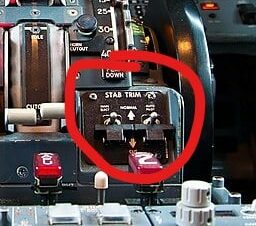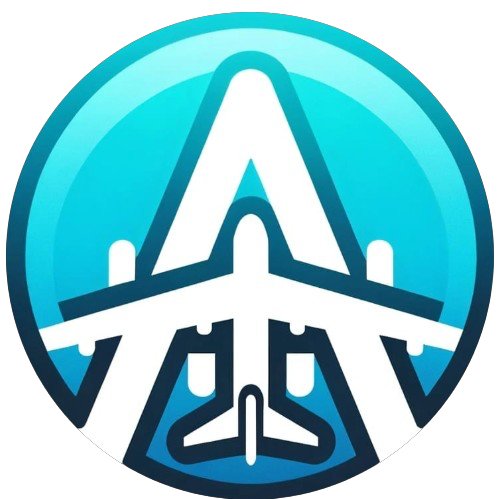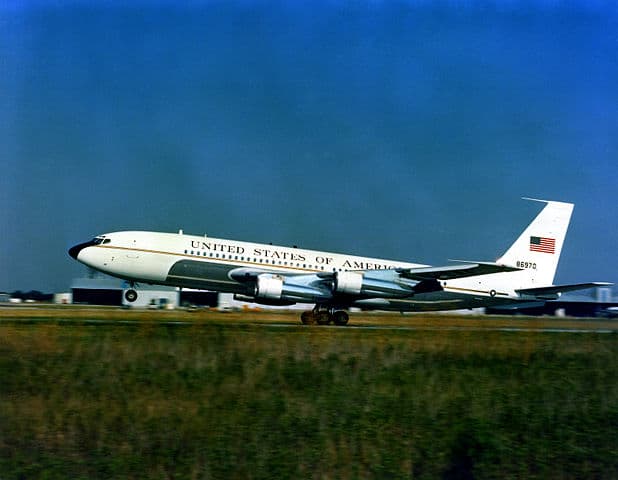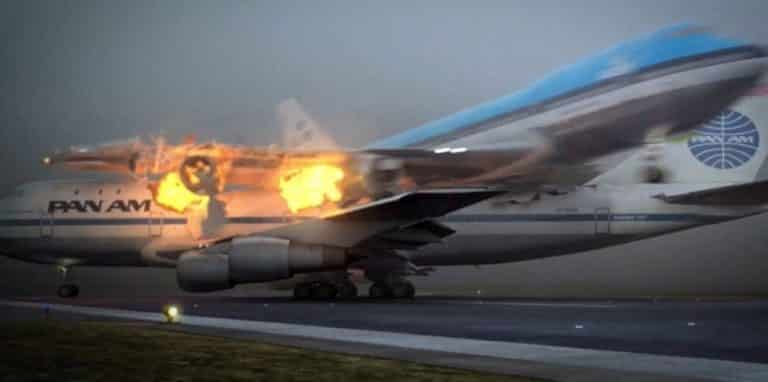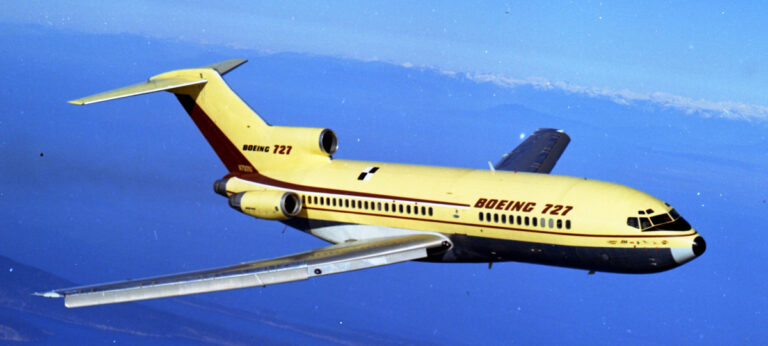What is the MCAS system? MCAS made simple
Maneuvering Characteristics Augmentation System or MCAS for short, is a system installed on Boeing 737 Max airplanes to improve aircraft handling and to correct aircraft attitude in abnormal flight conditions. This system became known for the accidents it caused: Lion Air Flight 610 and Ethiopian Airlines Flight 302 which occurred only 5 months apart.
How the MCAS system appeared?
The MCAS system was first used on a Boeing KC-46 military aircraft, but pilots could take control of the aircraft ahead of the system whenever necessary. For the 737 MAX the MCAS first came into question after several flight tests. Test pilot Ray Craig said the plane was not flying smoothly and conformally and it was concluded that a system was needed to correct this. Consequently, the engineers who designed the Boeing KG-46 proposed using MCAS and it was put on the new Boeing 737 MAX.
How MCAS works?

This system was built to activate automatically when it receives a signal that the aircraft’s nose is rising too high. On the 737 MAX this was very likely to happen. Because the new, more efficient engines were positioned on the plane further forward and higher under the wing, the aircraft often had a tendency to pitch its nose up. Thus, the MCAS system controlled the horizontal stabilizer which was moved so that the aircraft did not lift the nose too much and enter a stall.
Longitudinal stability on Boeing 737 MAX

Longitudinal stability, also called pitch stability, refers to the stability of the aircraft relative to the lateral axis, the axis running along the wings. In short, the stability of the plane in terms of nose or tail movement up or down. This movement is controlled by a control surface attached to the tail of the aircraft, the horizontal stabilizer, which on this plane was movable. On the Boeing 737 MAX this stability was compromised by the position of the engines, which were in front of the aircraft’s centre of lift. Because of their position and size, they create extra lift on the front of the aircraft and thus push the nose of the plane upwards.
When MCAS is activated?
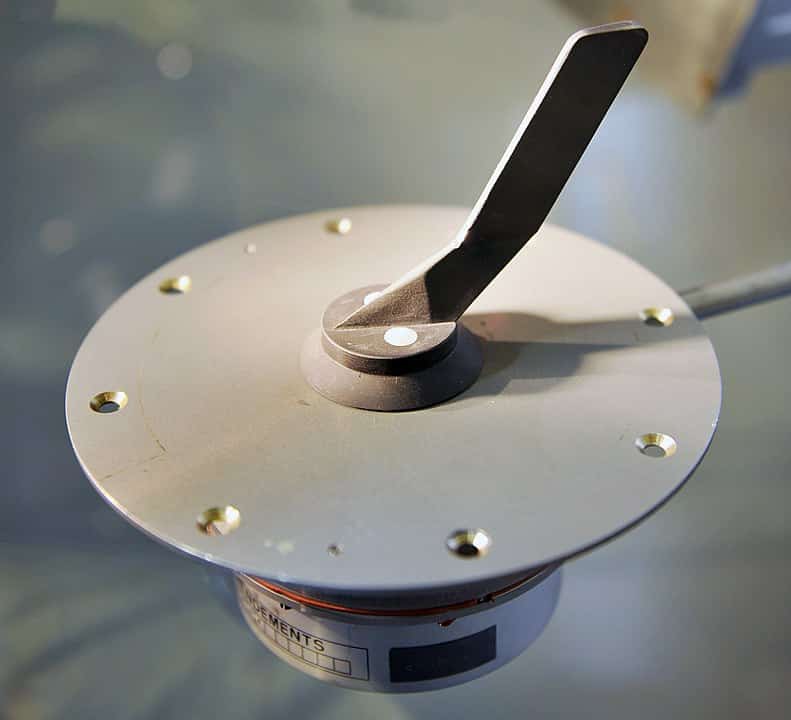
To become active, MCAS must meet 3 conditions:
- The flight must be performed manually
- The angle of attack must be high
- The flaps must be up
When the 737 MAX is manually flown by the pilots, i.e. when the autopilot is not activated, when the flaps are retracted and up and when the computer receives a signal that the angle of attack is too high, the MCAS system activates. It corrects the aircraft’s position by moving the horizontal stabilizer. Once the system was improved, it received signals from two sensors that read the angle of attack and not just one, as happened when the two planes crashed. When the difference between the indications of the two sensors is too large, MCAS is automatically disabled.
What the pilots did not know when the two accidents happened because they were not trained on this system, is that MCAS could be turned off from these cutoff switches. In fact, the Ethiopian Airlines pilots deactivated the system, but the aircraft’s position was already compromised and the plane could no longer be stabilised for flight.
